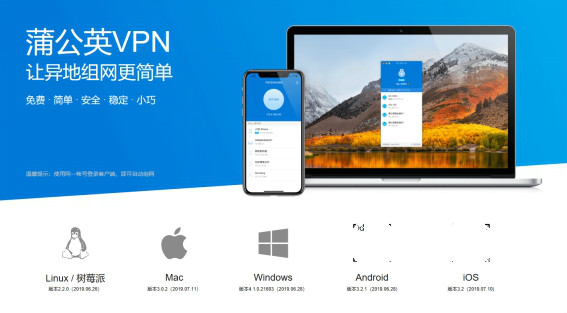
These services are required for a working NAT.īeware each time you select a service a windows will pop-up. Go to the ”Service and Ports” Tab and select the following services. This is the interface that is connected to the outbound network.Ĭheck the following boxes to enable your clients to send and receive data using this interface. This is important if you want your users to be able to connect to the web. And click OK and OK to close the configurationĬonfigure the NAT to give your VPN clients internet access from the VPN. We will add a local range with 249 addresses. Each client will need his own IPv4 address. Go the IPv4 tab and select ”Static address pool” as the type of IPv4 address assignment.Īdd the range according to your needs. Open the Routing and Remote Access in Server Manager> Tools >Routing and Remote Access and right-click on your server name and go to Properties. We will now configure the IP range which the server will assign to the incoming VPN clients. Select ”Allow Connection” and Finish to complete the setup of the firewall. But you can limit it depending on your use to make it more secure. We will check all three of the connection types in this case as we will have multiple clients which will need each of them. Open Windows Firewall with Advanced Security and go to Inbound rules > New Rule and select Predefined: Routing and Remote AccessĬheck the boxing according to the connection type you will use. It is possible that you will need to manually configure the Firewall. This can take a couple of minutes as the services are starting. Select “VPN access” and ”NAT” and proceed. We have now the option to select the services which we need. It’s important to select “Custom Configuration” in the next screen Select “Deploy VPN only” in the new window We will continue with Deploy VPN only this time to make this guide easy. This will open a menu where you can select ”Configure and Enabling Routing….” We can now start with the setup of Routing and Remote access. Check ”DirectAccess and VPN(RAS)” and “Routing” in the Role services tab.Ĭheck and proceed to the installation by confirming on the next screen.

We will be able to configure an internal NAT to assign internal IP addresses. We will need the VPN role as well as Routing. We want to add Remote access so proceed with checking ”Remote Access” in the Server Roles tab. Open server manager and navigate to Manage>Add Roles and Features. We will add the required features with the help of Server Manager. Step 1 Routing and Remote Accessįirst, start with installing and setting up Routing and Remote Access. We will be using a Windows Server 2016 as an example. You will need a Windows Server machine to use this article. This article is deprecated, please use this article to set up a VPN on Windows Server 2016 Prerequisites


 0 kommentar(er)
0 kommentar(er)
